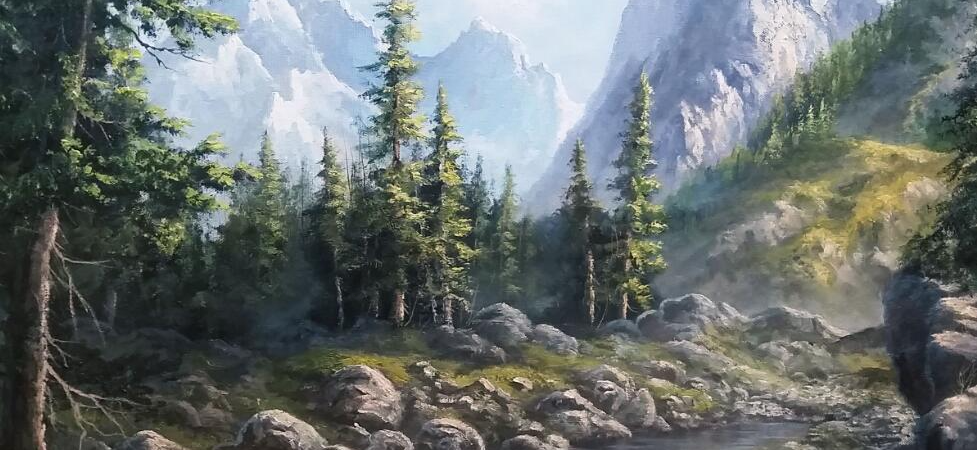Oil painting, a medium that has captivated artists for centuries, remains a beloved form of expression that transcends time and trends. Originating in the 15th century, oil paint combines pigments with a drying oil, typically linseed, allowing for a richness of color, depth, and luminosity that other mediums struggle to achieve. Unlike watercolors or acrylics, oil paints offer a unique viscosity and blendability, enabling artists to create both delicate, translucent glazes and thick, textured impastos.
One of the most compelling aspects of oil painting is its ability to convey emotion and narrative. Masterpieces from renowned artists like Rembrandt, Van Gogh, and Vermeer showcase the incredible versatility of this medium. Whether capturing the play of light on a still life or the raw energy of a landscape, oil colors allow for a wide range of expression, inviting viewers into the artist's vision.
The process of oil painting also encourages a contemplative, meditative approach. With longer drying times, artists can work and rework their compositions, allowing ideas to evolve over days, weeks, or even months. This characteristic promotes a dialogue between the artist and their canvas, fostering a deeper connection to the work.
In recent years, oil painting has seen a resurgence, with both traditional techniques being celebrated and contemporary interpretations pushing the boundaries of the medium. Artists are experimenting with new surfaces, layering techniques, and sustainability practices, creating a vibrant community that honors the past while embracing the future.
As oil painting continues to inspire creativity and innovation, it remains a cherished form of art that invites both artists and audiences to explore the depths of imagination. Whether in a gallery or on an easel, the timeless allure of oil painting endures, promising beauty and inspiration for generations to come

